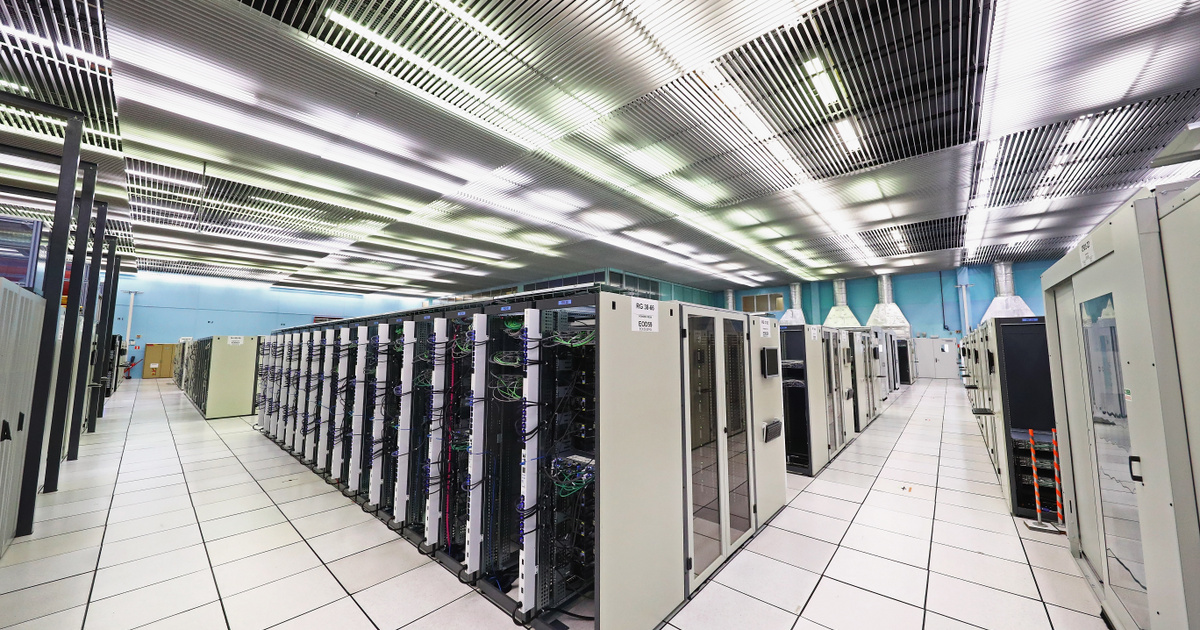The facility called JUNO could help solve one of the greatest mysteries of physics, as it can determine which type of neutrino has the greatest mass – we can read in this article nature-in.
The spherical detector with a diameter of 35 meters is hidden at a depth of 700 meters below the city of Kaiping. Already since 2015 Preparing to observe subatomic particles. The $376 million Jiangmen Underground Neutrino Observatory (JUNO) could be ready to begin measurements by the end of this year.
Until then, researchers and construction workers take an underground elevator for 15 minutes each day to continue building the detector in a clean, temperature-controlled hall.
On March 7, researchers at the observatory began filling a miniature version of the detector with liquid scintillation, a mixture of solvents and organic chemicals that emit light when neutrinos pass through it. The large ball will soon be immersed in 35,000 tons of high-purity water, which will further protect it from background radiation.
Juno is the first neutrino detector built in several locations around the world. The other two will begin collecting data in 2027 in Japan and 2031 in the United States. The planned Hyper-Kamiokande detector in Japan will use pure water as a neutrino detection method, while the Deep Underground Neutrino Experiment in the United States will rely on liquid argon to measure the elusive particles. Both future detectors will measure neutrinos coming from nearby particle accelerators, not nuclear reactors.
Because the three detectors use different techniques to monitor neutrinos from different sources, researchers can better understand the properties of neutrinos and their role.
Neutrino problem
Neutrinos cannot be detected directly, so to determine their mass, physicists measure the energy of other particles when the neutrino interacts with matter.
Juno's main goal is to help researchers determine which neutrons are the largest and which are the smallest.
The researchers will measure neutrinos coming from two nuclear power plants more than 50 kilometers from the observatory. But the facility also aims to study neutrinos that come from other places, for example, from the Sun, the atmosphere, exploding stars, and natural radioactive decay processes on Earth.
Neutrinos are also produced during radioactive beta decay, as well as during the decay of muons and larger taurine particles. JUNO will act as a shield against cosmic rays that can block faint neutrino signals.
The trick to observing neutrinos is that even though they are the most massive particle in the universe, and billions of them pass through every cubic centimeter of Earth every second, their properties are still mysterious. This is because most of them barely interact with matter as it slides through the universe. But neutrinos can also reveal the evolution of the universe, and are an important component of cosmology.














































